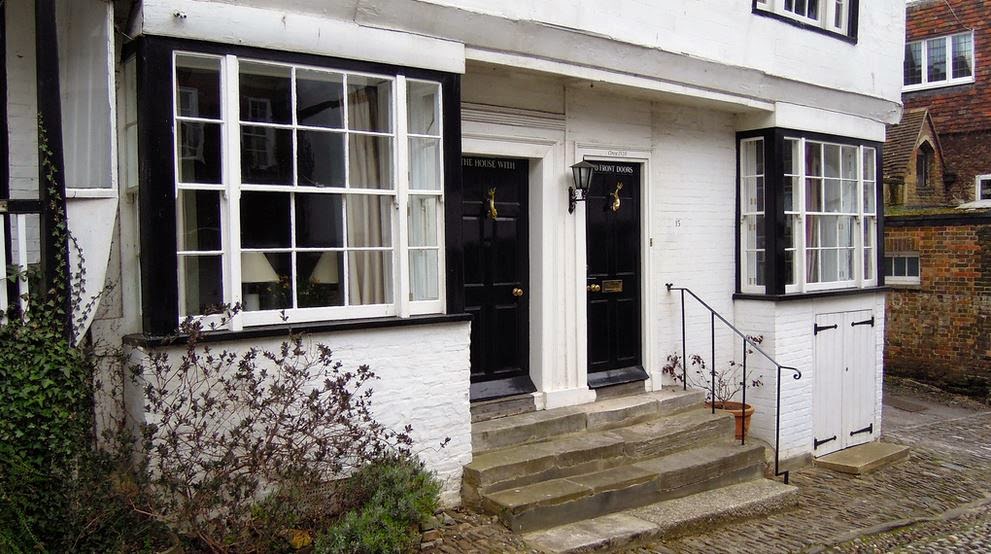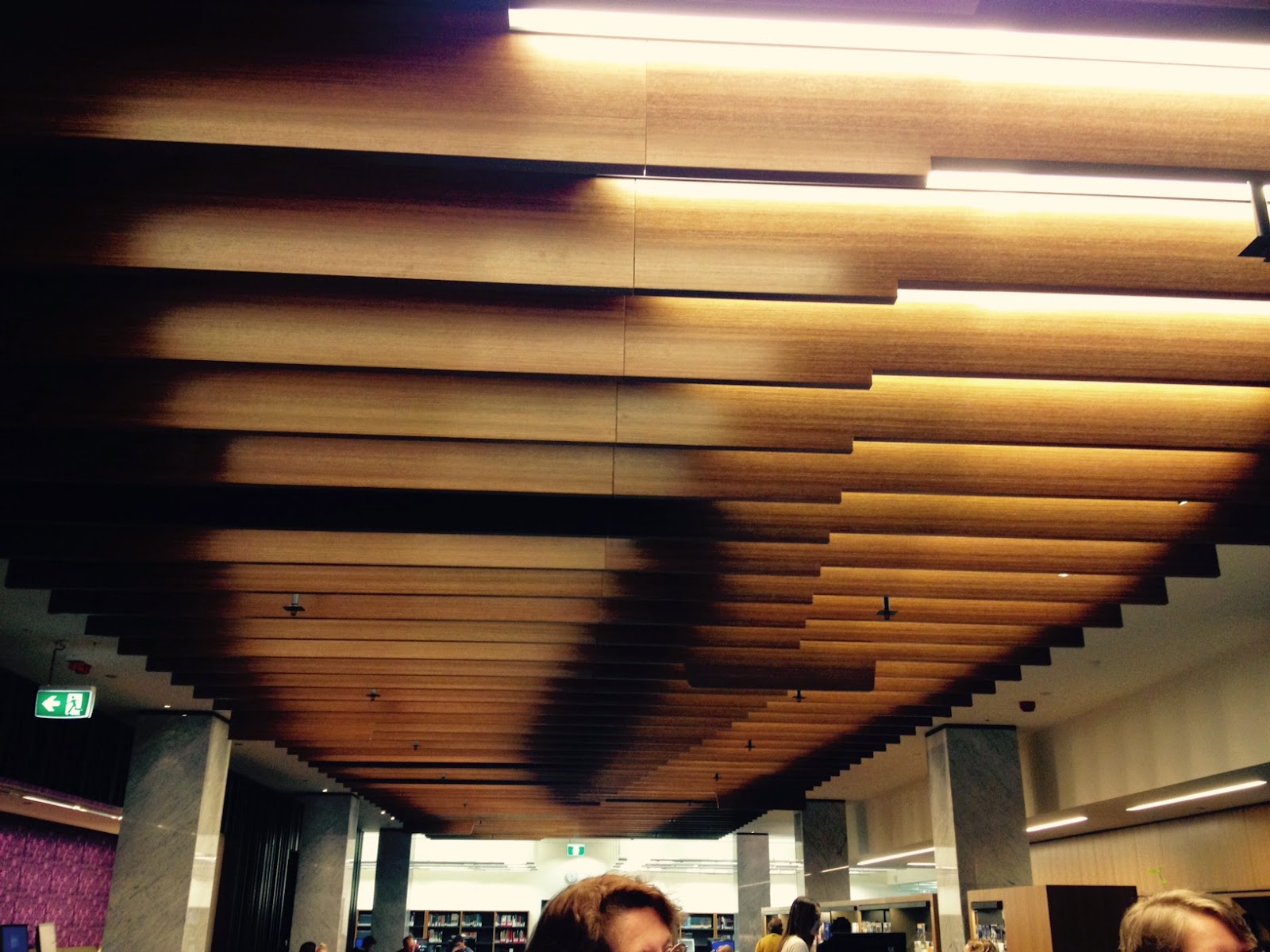Late last year the
University of Tasmania offered an online subject called Introduction to Family History, as part of a
Bachelor of General Studies. Almost 1500 of us enrolled in the course, although not all students finished. The assessments led up to the production of a research report based on a research aim, or answer to a problem that we identified, and we had to source the relevant documents to help us reach a conclusion based on these records.
I chose to find out the real date of birth of my great grandfather, known by various names such as
George or Andrew (Andy) COLLINS, but also with the surname BARRETT, and also GIBB. He only went by the COLLINS name, William James BARRETT was his real mother's husband, but his real father was Henry Burgess GIBB. I don't know if he ever knew of his real paternity. The COLLINS family of Wallsend, NSW, fostered him as a baby in 1885 and he listed them as his parents when he married by great grandmother, Rosanna KING, in 1907.
Here is my research report on how I concluded the real date of birth for Andy COLLINS:
HSP105 Introduction to Family History
Assessment Task 3: Research Report
Research Aim
1.
What was the exact date of birth for my great grandfather George Andrew Collins, being registered twice, showing dates of birth as 13 Nov 1885 and 14 Nov 1885?
Key Sources
Primary Sources:
1.
NSW Marriage Certificate, District of Waterloo, William Barrett and Ada Morrant 1883/003088
2.
NSW Birth Certificate, District of Sydney, George Andrew Barrett 1885/003731
3.
NSW Birth Certificate, District of Sydney, Andrew Gibb Barrett 1885/003889
4.
Sydney Benevolent Asylum, Register of admissions and discharges, December 1882 – December 1886, Register 2, Z D577 CY 1815 (compiled about 21 September 1885)
5.
Sydney Benevolent Asylum, Register of admissions and discharges, December 1882 – December 1886, Register 4, Z D577 CY 1815 (compiled about 30 November 1885)
6.
Sydney Benevolent Asylum, Register of admissions and discharges, December 1882 – December 1886, Register 5, Z D577 CY 1815 (compiled about 09 December 1885)
7.
Sydney Benevolent Asylum, Inmates Journals, October 1883 – December 1886, Journal 2, Z A 7236 CY 1968 (compiled about 21 September 1885)
8.
Sydney Benevolent Asylum, Inmates Journals, October 1883 – December 1886, Journal 6, Z A 7236 CY 1968 (compiled about 05 December 1885)
9.
Sydney Benevolent Asylum, Index to Discharges, October 1883 – December 1886, Journal 6, CY 1804 (compiled about 07 December 1885)
Secondary Sources:
10.
Personal letter from Ellen Collins to Janelle Collins, c1988
11.
NSW Birth Index, District of Waterloo, William James Barrett 1883/9644
Biographical Report of George Andrew Gibb Barrett/Collins
Write a report describing what you have learned from your research. What sources were of significant value to your research? Why?
The primary and secondary sources are all vital documents in me being able to draw conclusions and answer my two research aims. I have been careful to source these documents from the time as close to the event as possible, and from reputable sources. The most significant source was the Sydney Benevolent Asylum Inmates Journal(7), which revealed the father of my great-grandfather to be a man other than the one on his first birth certificate(2).
Research Aim:
What was the exact date of birth for this same great grandfather, being registered twice, showing dates of birth as 13 Nov 1885 and 14 Nov 1885?
To answer this Research Aim I needed proof of my great grandfather’s birth. I searched for a Birth Registration for him, and came away with two certificates (2)&(3), for the same child. The first of the two registrations was on 18th December 1885 (#0037312) in Sydney, NSW, and the second was 13 days later on 31st December 1885 (#0038893), also in Sydney. Both certificates contain a mixture of facts and fabrications.
Almost every detail on certificate #0037312 contradicts the corresponding detail on certificate #0038893. The first certificate shows a date of birth as 13th November 1885, whereas certificate(3) shows his DOB as 14th November 1885. To clarify this anomaly I contacted the parties who have researched and copied the Sydney Benevolent Asylum records, and purchased primary sources including journal entries, register entries, and indexes for my great-great grandmother’s admission and discharge from the Asylum in 1885, which also recorded Andy’s birth. His DOB is recorded in two documents, a monthly register of admissions and discharges(5), compiled approx. two weeks after the birth, and an index to discharges(10), compiled sometime after June the following year (1886). Both records show Andy (named George Andrew BARRETT) as being born on 13th November.
There are a number of reasons that the dates of birth might have been recorded differently on the two birth certificates. The Benevolent Asylum has initiated the creation of the earlier of the two certificates, which was created only five days after the event. The date of 13th November on this certificate corresponds with the dates they record on their admissions and discharge registers. The later certificate was completed using information given by the mother, rather than the Asylum, and the mother had a number of possible reasons for giving incorrect information. Her circumstances were that this baby was from a pregnancy by a man other than her husband. At around the time the husband would have found out about the pregnancy he assaulted their toddler, almost causing young William’s death. The father was arrested, tried, and gaoled for this offence. When the mother, Ada, was admitted into the Asylum the notes(7) say: "Barrett Ada, 22 years, CE native of England, arrived in the colony when young. Father William Moran, painter, whereabouts unknown. Husband in Goulburn Gaol for 13 months serving a sentence of 5 years for ill treatment of his child. Barrett is now pregnant to Henry Gibb, miner, Newcastle. Confinement expected this month. No means."
Ada must have been under enormous strain. She was only 22, had no idea where her father was (her mother had died when she was 11), she was pregnant with an illegitimate child, her violent husband was in gaol, and she had witnessed an attack on her other child, who had been handed over to the Boarding Out Officer to be placed into foster care on 3rd October, only weeks before Andy’s birth. Ada was admitted to an asylum for the destitute, the same place she had been admitted to for six weeks when she was almost five years old when her mother was in the infirmary and her father was destitute. If Ada had a traumatic time during her first stay here, those anxieties would be in the front of her mind as she is admitted this time. As well as this she was illiterate, so mistakes could easily have been made on the second birth certificate, as she would not have been able to complete the form herself, or verify the accuracy of what was recorded on her behalf. These differences may also have been deliberate. Possibly Ada was trying to disguise the birth of this child so he couldn’t be traced by his step-father once he was released from gaol. She may have thought that providing another name, a move from Sydney to Newcastle, and different DOB for the child would give him a fresh start in his new life with his foster family. Possibly Andy was born very near to midnight and Ada genuinely believed his DOB to be 14th not the 13th. Andy himself believed his DOB to be 13th, as that was the day his birthday was celebrated, as indicated on the letter to me from Ellen Collins(10). Ellen was known to us all as Aunty Barrie as her maiden surname was Barrett - no relation.
All of these sources are of great significant to my research, as they provide direct evidence of what happened at the time. The Sydney Benevolent Asylum records (4-9) would have been compiled by a clerk in their office, who would probably have had no reason to record inaccurate data. The birth certificates (2 & 3) also provide evidence of the facts of the time, although as we have seen they are not 100% accurate.
Conclusion to Research Aim: Based on the evidence shown from these sources I conclude that Andy’s DOB was in fact 13th November 1885, not 14th November 1885.
Conclusion
What can you conclude from your research? What further questions do you now have?
Conclusion to Research Aim: Based on the evidence shown from these sources I conclude that Andy’s DOB was in fact 13th November 1885, not 14th November 1885.
As is usual with family history, answering a set of questions seems to generate many more. This search has highlighted to me some areas of research that I can undertake to gain a further understanding Andy and Ada’s lives in the late 1880’s.
Further questions generated by this research:
1.
Did Andy know his father was Henry Gibb, not William Barrett Sr? He told his daughter-in-law, Ellen, that it was Barrett.
2.
Was there any connection between Ada’s or Henry Gibb’s families and the Collins family that raised Andy?
3.
At the time of Andy’s birth Henry Gibb was a miner in Newcastle. Ada registered Andy’s birth and said she was from Jesmond (a suburb of Newcastle). Was she only there to give her child away, or had she moved there?
I received a Distinction for this report, which I'm happy with. The whole course was a wonderful way to learn how to choose a question to answer, gather around the relevant sources, and analyse them to reach a conclusion that
hopefully actually answers the question. I'm sure most of us answered one question, which in turn generated many others, as is the way in family history.


























